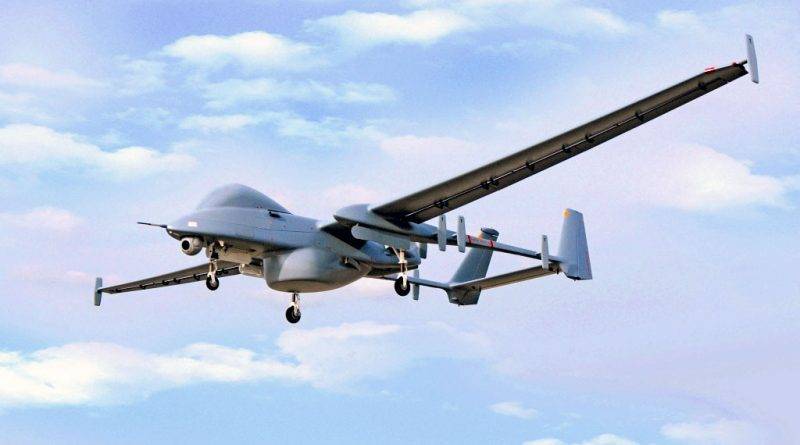In recent years, aerial photography with drones has transformed the way we capture the world from above. These unmanned aerial vehicles (UAVs) offer remarkable accessibility to expansive vistas once only achievable with manned aircraft. Whether you’re a professional photographer or an enthusiast, the art of capturing stunning aerial photographs through drones is both fascinating and a technical challenge.
Drones equipped with high-quality cameras can reach altitudes providing unique perspectives, making them invaluable tools in aerial photography. With the capability to hover in one place and access hard-to-reach areas, drones have revolutionized how landscapes, architecture, and events are documented. By using drones, photographers can explore new heights and capture images with unprecedented detail and clarity.

Equipment and Selection
Choosing the right drone is crucial for achieving the desired results in aerial photography. Factors to consider include camera resolution, flight stability, control range, and battery life. Popular drone brands offer models tailored for beginners and professionals alike, providing options that range in features and price. Make sure to consider the gimbal stability for smooth footage and built-in GPS for precise navigation when selecting a drone.
Mastering the Basics
Operating a drone effectively requires understanding its controls and the legal regulations surrounding drone flights. Most regions have specific laws in place to ensure safety and privacy, which might include obtaining permits or respecting no-fly zones. Before taking to the skies, familiarize yourself with these rules to prevent any legal complications.
- Learn to maneuver your drone in open spaces away from individuals and obstacles.
- Practice basic camera angles to enhance the composition of your shots.
- Understand lighting conditions, which significantly affect the quality of aerial photos.
Advanced Techniques
As your skills develop, explore advanced techniques to enhance your aerial photography. Techniques such as panoramic stitching and HDR imaging can bring a new dimension to your work. Experimenting with different camera settings and flight paths allows you to create dramatic shots with unique perspectives.
Tip: Consider using ND filters to manage exposure and reduce glare when filming in bright conditions.
Post-Processing
After capturing images, post-processing is key in bringing your aerial shots to life. Software like Adobe Lightroom and Photoshop can be used to adjust colors, eliminate unwanted elements, and sharpen details. This stage is crucial for achieving the polished, professional look that characterizes high-quality aerial photography.
Safety and Maintenance
Ensure the longevity and performance of your drone by conducting regular maintenance checks. Inspect propellers for wear, calibrate instruments frequently, and update firmware as necessary. Remember that safety should always be your top priority when flying a drone, both for the equipment’s safety and the public.
The Future of Aerial Photography
The future of aerial photography is promising, with drone technology advancing rapidly. Newer models come with enhanced capabilities like AI-assisted stabilization, 8K video support, and obstacle detection. As drones become more sophisticated, they continue to unlock creative opportunities and new horizons for photographers.
FAQs:
- What should I do if my drone loses connection? Most modern drones have a “return to home” feature that automatically activates when connectivity is lost.
- Is drone insurance necessary? While not mandatory, drone insurance can protect you against accidents and liability, providing peace of mind.
- Can I fly my drone at night? Regulations vary, but many places require specific permits to operate drones after sunset.
